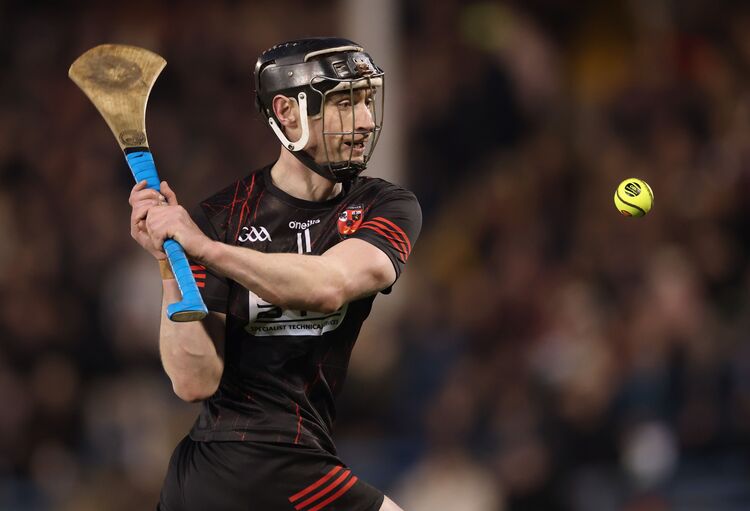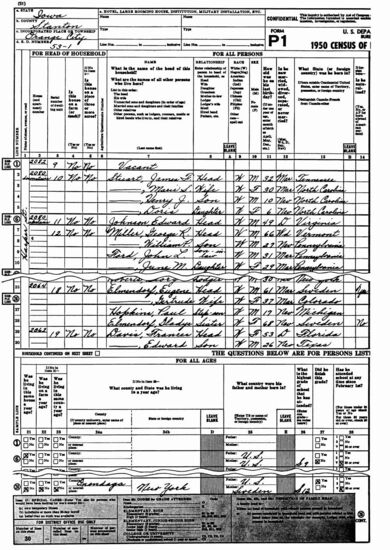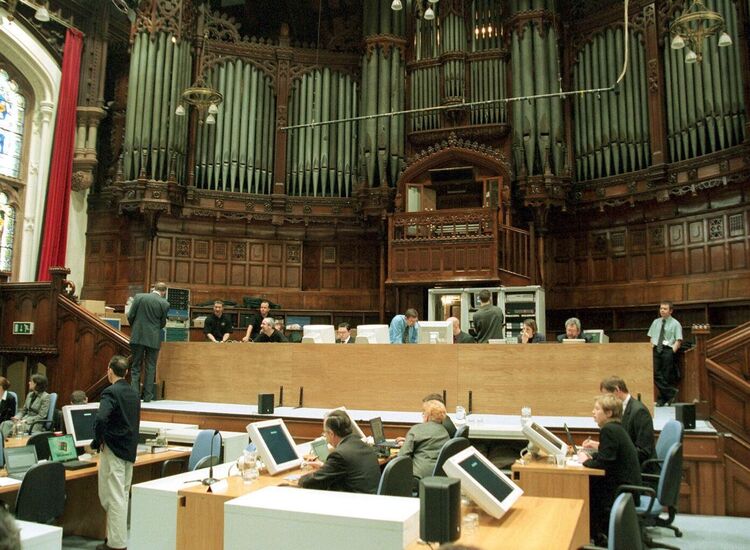“Breezy Point” by Lisa O’Donnell, 2014, oil on board, 48 inches x 36 inches [Click on image for larger view.]
Clifden, Co. Galway, artist Lisa O’Donnell moved from London to New York in the summer of 2014 to research material for her art practice and to complete a three-month residency at New York Artist and Residency Foundation (NARS) in Sunset Park, Brooklyn. In this piece she recounts her experiences and explains the background to one important outcome of her time in the city, “Trasatlantcha,” her collaborative project with New York artist Maeve D’Arcy, which opens next week at the Irish Arts Center.
After three years living in London where I completed my Master of Fine Art at Central Saint Martins, I found myself on a path to New York. It seemed to be a natural progression from the work I had been making in London where I made paintings based on archived photographs and film footage relating to the Irish in London during the 1970s and ‘80s. The 1980s became the focus because many of my relatives had moved to London in that period and shared stories and experiences with me. Also on the MFA course I met New York artist Maeve D'Arcy who influenced my decision to develop the work about New York when she recommended an abundance of information and resources to research.
The move to New York was initially quite a shock to the system. Life as an artist and newbie to the city offered many challenges and new experiences -- some good, some bad, some mad. But, I think it is important for people, especially artists, to force themselves out of their comfort zones and into new surroundings where they are faced with an array of experiences that develop them personally and creatively.
I spent the summer months before the residency collecting images, information and general research that served as the starting point and subject matter for the paintings created during the residency at NARS. I collected source material from the archives of The American Irish Historical Society and this newspaper. I am interested in the possibility that paintings are more effective than documentary photographs when interpreting history and memory. I explore how painting can represent these blurred and fragmented subjects, in this instance, relating to the "New Irish" in New York during the 1980s and early ‘90s. I narrowed it down to this period as it seems to be the last significant period of immigration. I tend to focus on smaller stories and images that reflect the social and cultural tendencies of the time. I steer clear of overly political images, not because I feel them unrelated or uninteresting, but because I don't want to make sensational paintings. Also I feel these "smaller" more personal images/stories can be just as representative of political and serious issues of the time. The idea of the personal as well as collective memory and experience is important. I am interested in how these black and white documentary images can be raised from the archives and explored and transformed in a poetic way through painting.
The residency at NARS offered me an invaluable period of time and studio space to develop my work as well as the opportunity to be surrounded by many talented artists from New York and all over the world. The program offered professional development through panel discussions, artist talks and regularly scheduled studio visits with New York art professionals. We had the chance to meet with curators, critics, art historians, and gallerists to discuss our work in an intimate setting. During the residency I participated in a group exhibition at the NARS gallery and also a spoken word exhibition curated by Alessandro Facente who is the special projects curator at NARS.
New York similarly to London has many challenges artists have to face: how to support themselves financially; how to find one's place and keep it, in a city and society that is constantly and rapidly confronted by gentrification and marginalization. None the less, artists, and creative people searching for motivation, inspiration and opportunity are drawn to New York’s energy despite the obstacles. The world class museums and galleries are on a par with London but there is something unique about New York and how art is extremely concentrated in certain areas: the rows of galleries in Chelsea, the clusters in the Lower East Side or Bushwick or Long Island City. Also, I found a really great spirit of do-it-yourself among the artists I have met in New York, whether it is organizing their own exhibitions, critique groups, talks, happenings or creating new audiences for their work. This is something I found really invigorating and it induced great momentum in my practice.
The results of the project will be on show in “Trasatlantcha,” a two-person exhibition with Maeve at the Irish Arts Center in New York from next Tuesday evening through April 2015. The premise of this exhibition consists not only of the physical work on show but the idea of bringing together two artists from two different places with two different experiences of the diaspora, exploring their associated histories and memories through their separate visual-art practices. Conversations about transience and their overlapping have been central to their dialogue, hence it is particularly poignant that this show will travel from New York to Ireland for the Clifden Arts Festival in September 2015.
“Trasatlantcha,” by Maeve D'Arcy and Lisa O'Donnell opened on Feb. 3 at the Irish Arts Center, 553 West 51 St., New York. Jonathan Goodman, a professor of Pratt Institute, moderated a discussion with the two artists at the opening. Gallery viewings by appointment Monday-Friday, from 10 a.m. to 5 p.m. Call 212-757-3318.









